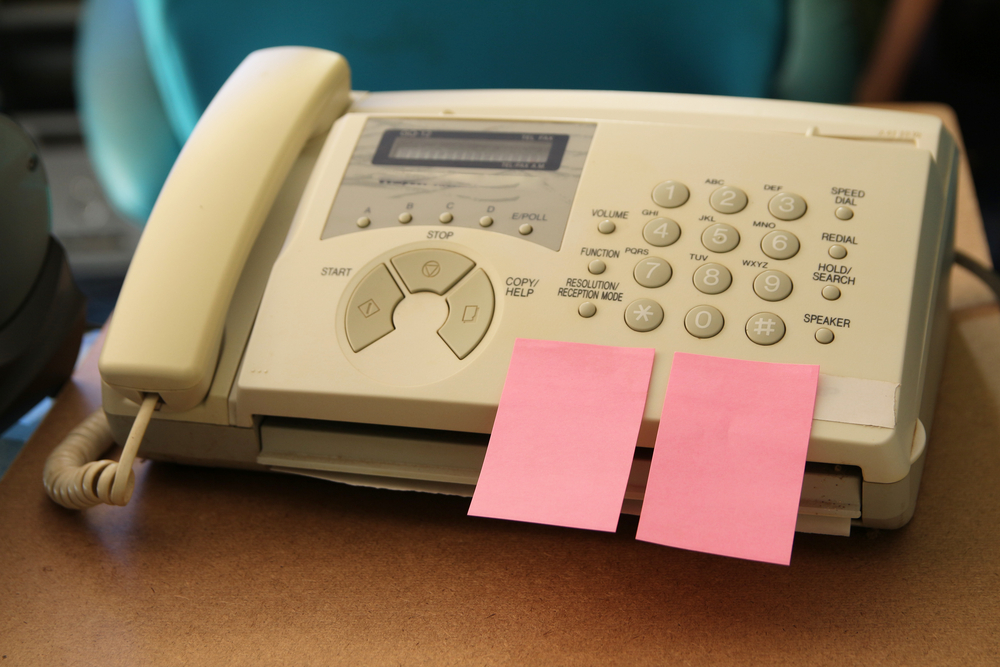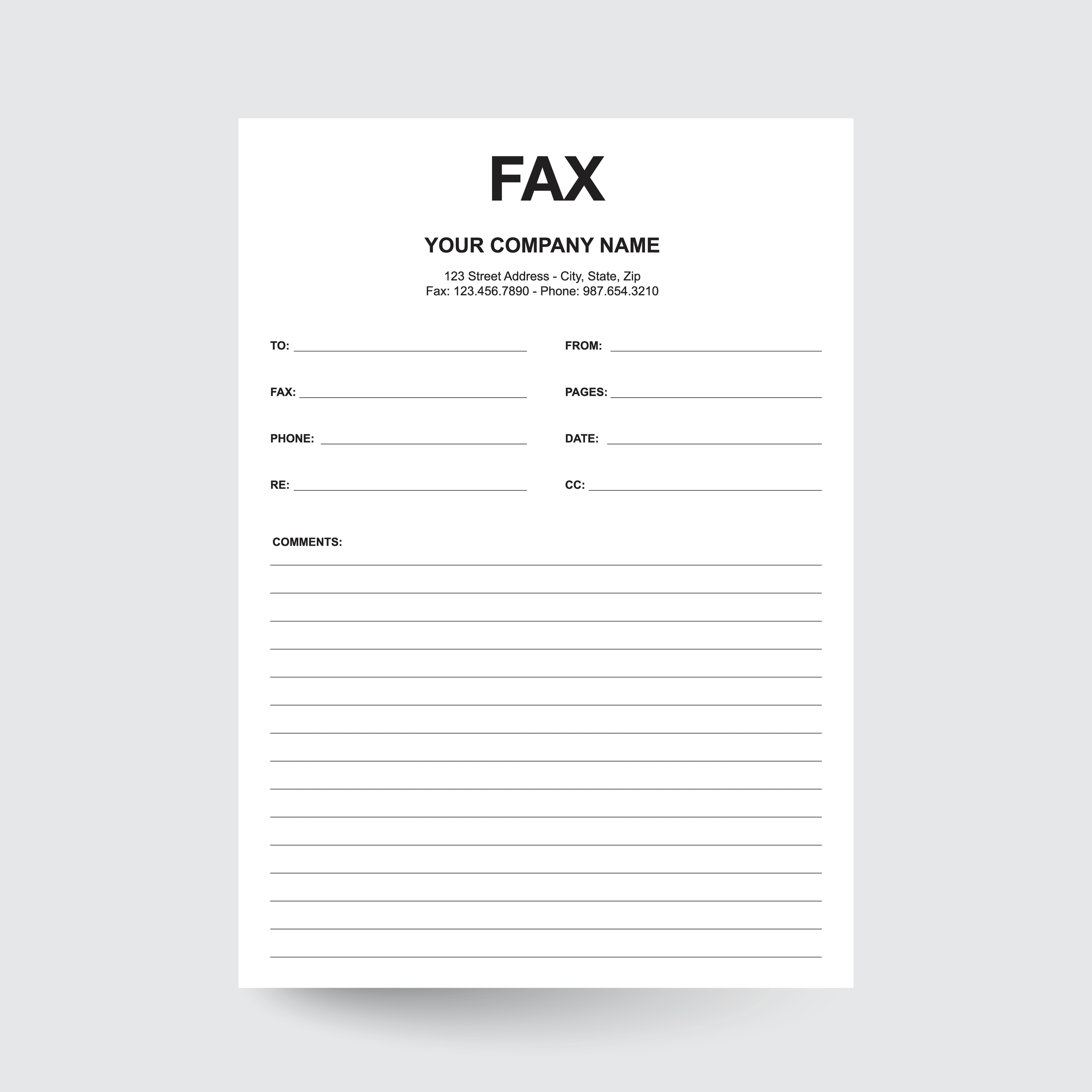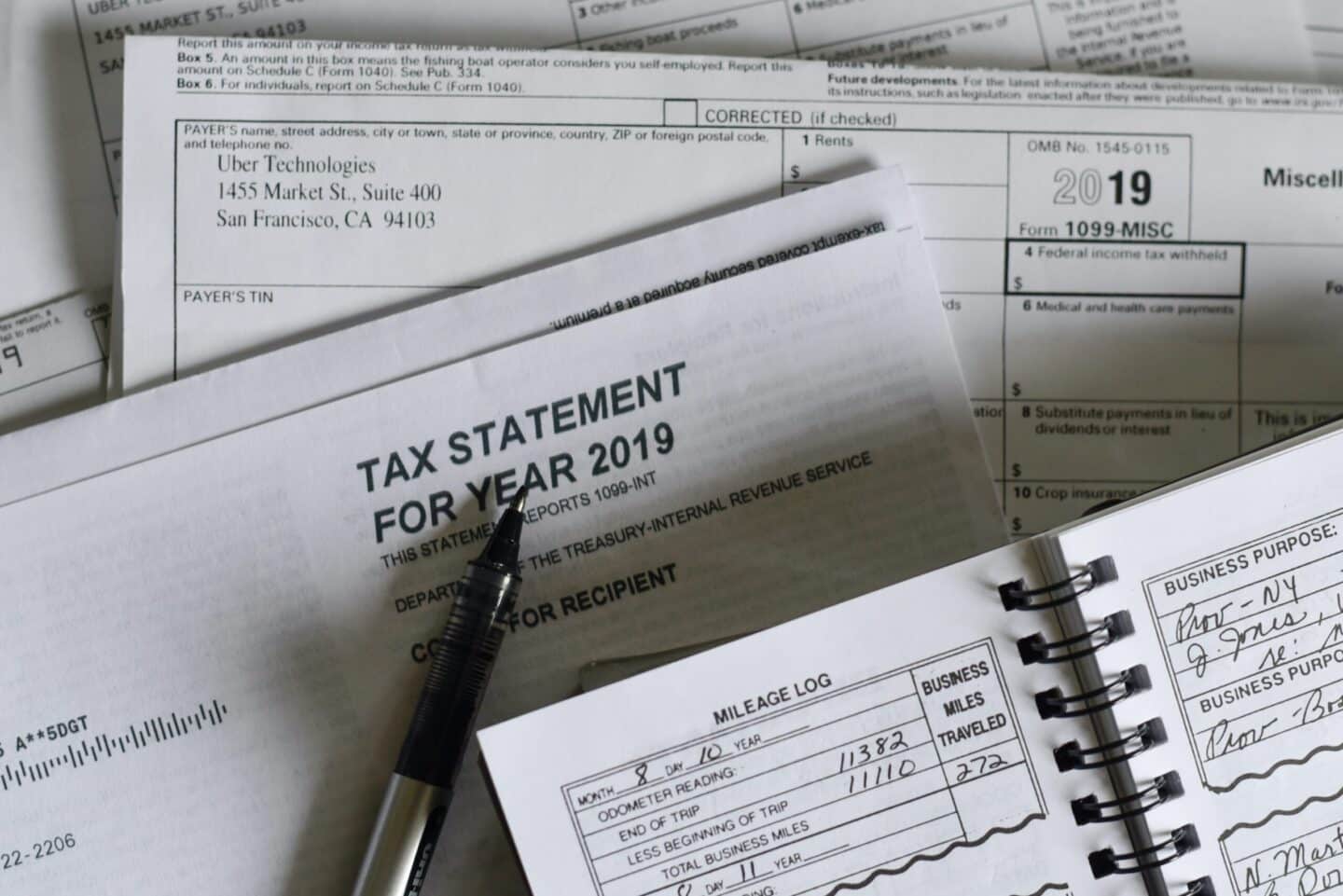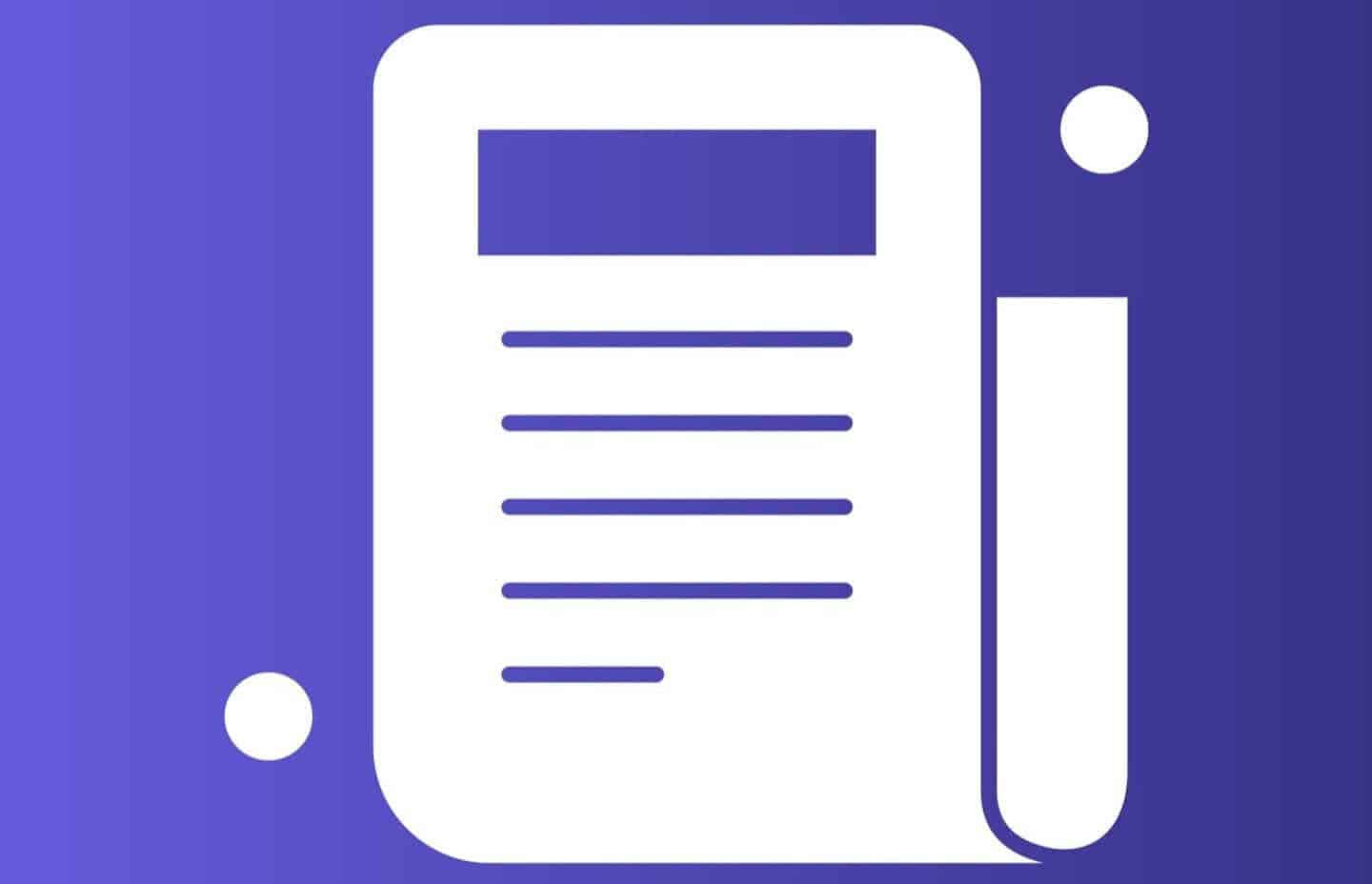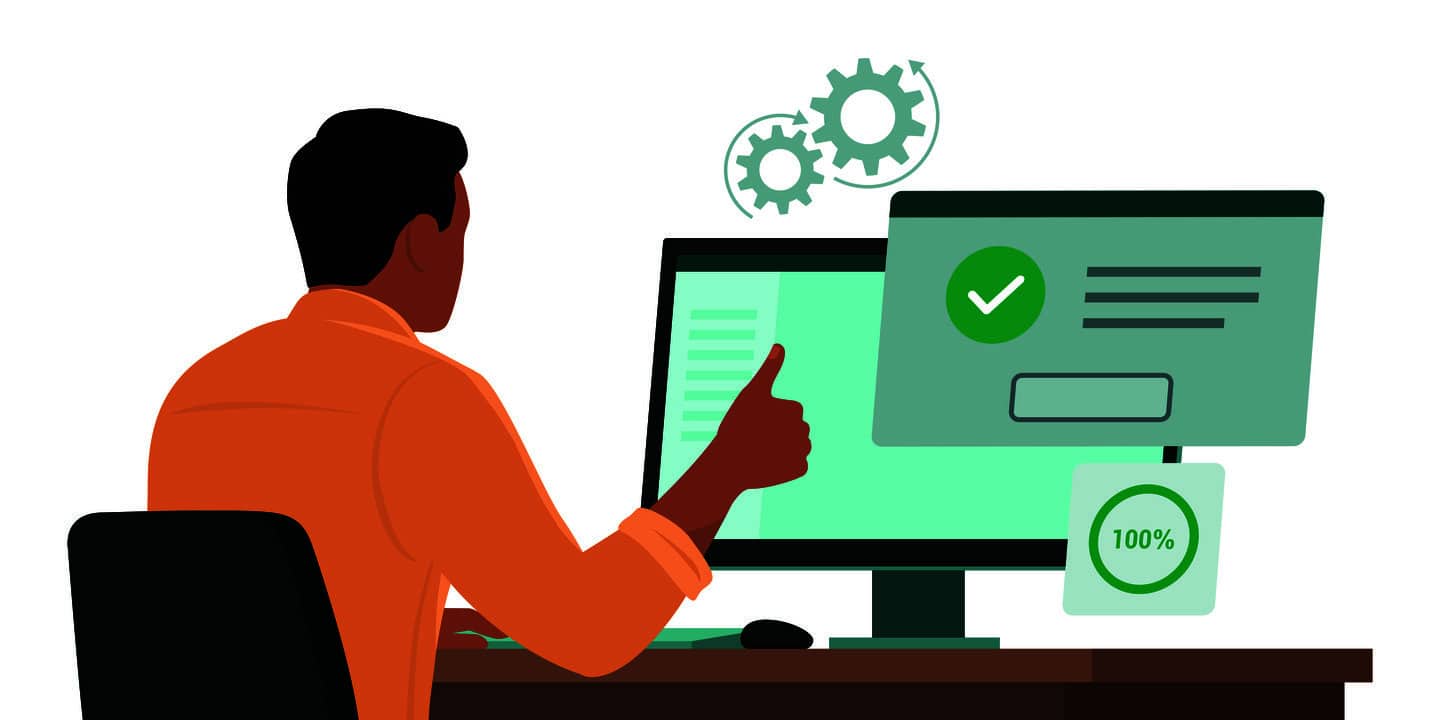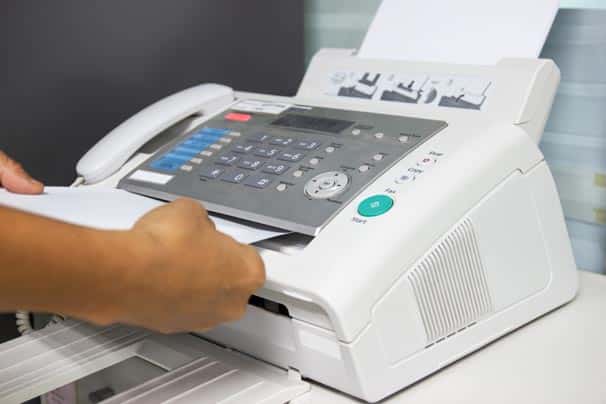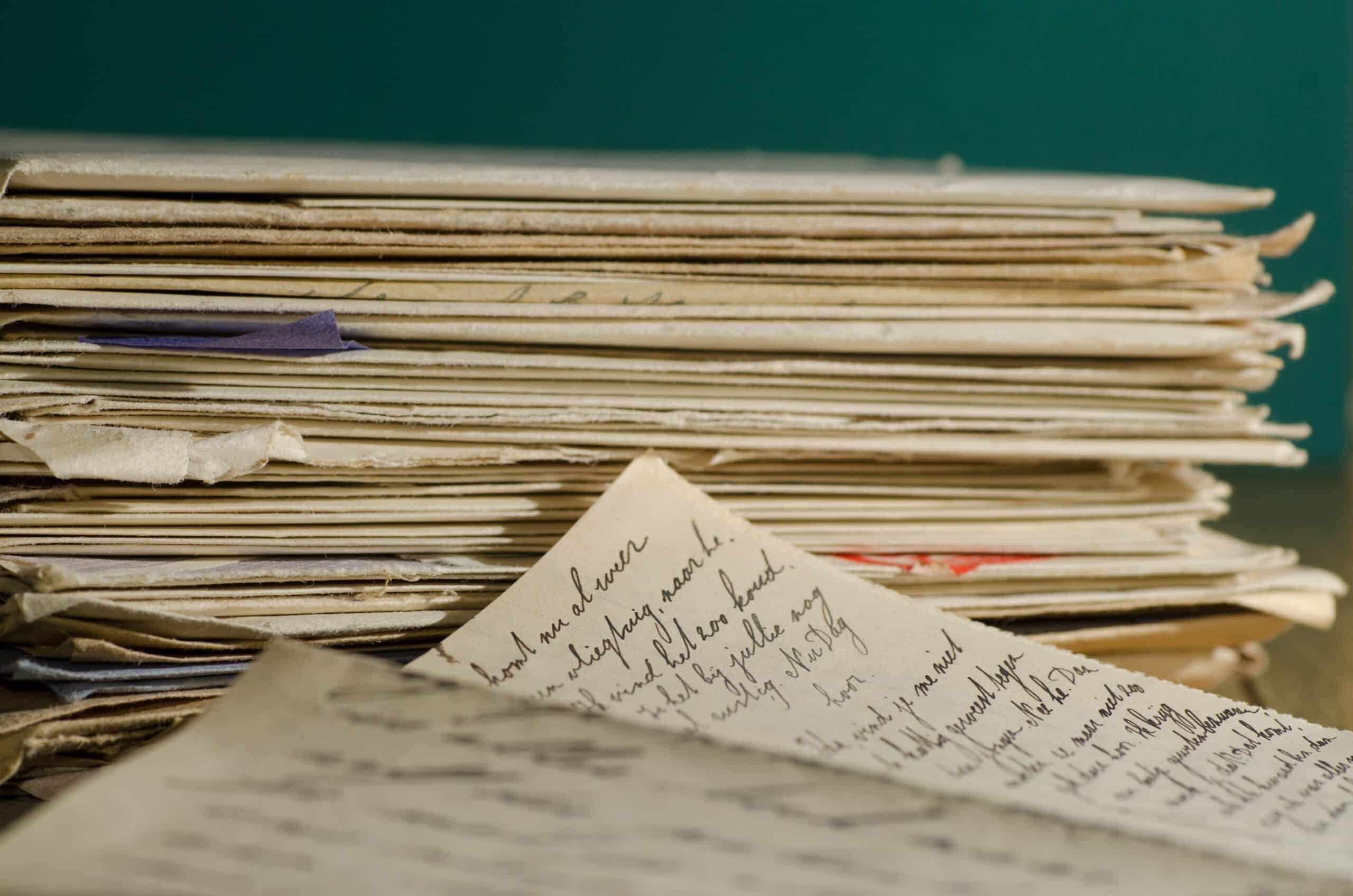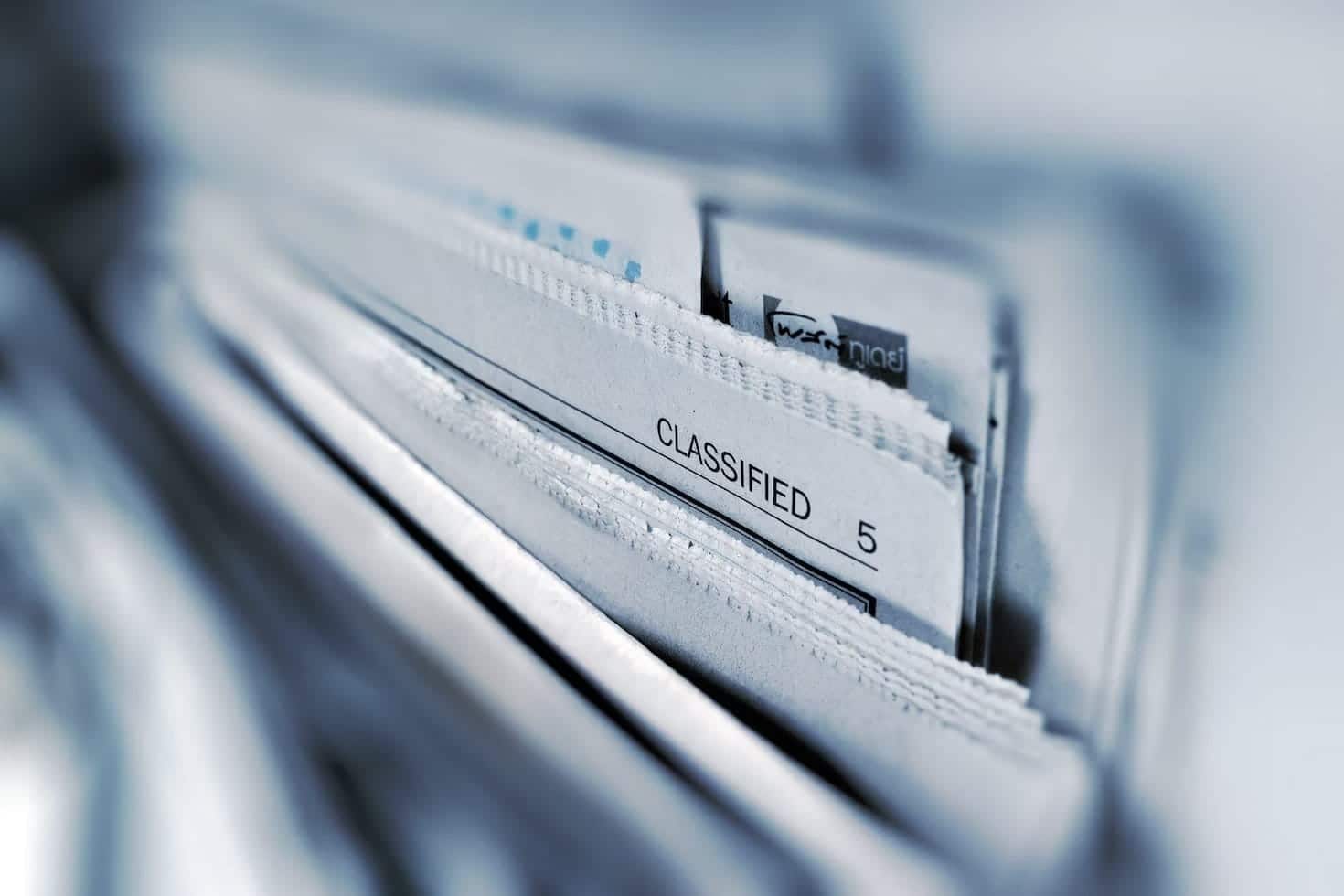
Sensitive compartmented information (SCI) refers to a designation of classified and highly sensitive material that is mostly used within the government and its intelligence agencies. SCI documents require additional security measures beyond the standard classification levels.
Dissemination of SCI documents is subject to strict protocols to prevent unauthorized access or disclosure.
So, can top secret documents be transmitted by secure fax? Yes, they can! To fax a top secret document, you must ensure that the transmission is exclusively delivered to authorized and intended individuals. There are additional security measures that must be taken too, such as using approved machines with authorized encryption and decryption devices and including a Top Secret fax cover sheet which is mandatory for sending sensitive compartmented information.
Here’s what you need to know about transmitting SCI documents via fax.
SCI Documents Overview
The disclosure of SCI documents could have national security implications or compromise national intelligence operations. These documents cover a wide range of topics, including intelligence reports, surveillance data, and classified operations.
Access to SCI documents is strictly limited to individuals who possess a Top Secret clearance and have a legitimate need-to-know for the information contained within.
The secure handling and protection of SCI documents are strictly advised to ensure the integrity and confidentiality of classified information within the intelligence community.
See Related: How to fax your senate representative
What Are SCI Documents?
SCI documents contain sensitive material that pertains to specific intelligence sources, methods, and related activities. This may involve details about the systems used for collecting intelligence, such as specialized equipment or technologies employed to gather information.
Additionally, these documents may contain insights into the analytical processes applied to the collected data, including methods used to interpret and make sense of the information.
Furthermore, targeting information, which refers to the selection of specific subjects or areas for intelligence focus, may also be included.
Lastly, SCI documents can contain information derived from these sources, which means data that has been extracted or derived from the original intelligence collection efforts.
To access SCI documents, you would first need to meet certain access requirements such as secret security clearance.
Security Clearances and Access to SCI Documents
A security clearance is the permission granted to a person in a particular role, allowing them to access confidential national security information at a level that corresponds to their approval.
This access is granted on the condition that the person legally requires the information and has agreed to keep it confidential by signing a non-disclosure agreement. Sometimes you need to be part of a special access program to have this level of permission.
Maintaining security clearances and access to SCI documents requires continuous adherence to strict security protocols and ongoing evaluations. Clearances are subject to periodic reinvestigations to ensure that individuals with access to sensitive information remain trustworthy and reliable.
Any unauthorized disclosure of SCI materials can result in severe consequences, including revocation of security clearances and legal actions.
Therefore, individuals entrusted with security clearances and access to SCI documents must demonstrate an unwavering commitment to upholding confidentiality, integrity, and responsibility in handling classified information.
Faxing SCI Documents: Considerations and Limitations
When faxing SCI documents, you should consider the following to ensure the security and confidentiality of the information:
- Only use authorized channels: Ensure that you are using an authorized and secure fax system that is approved for transmitting SCI documents. Follow the specific guidelines and procedures established by your organization to avoid compromising information.
- Strictly adhere to document classification: Clearly mark the documents with the appropriate classification level, such as Top Secret, Secret, or Confidential. This ensures that the recipient understands how sensitive the information is.
- Conduct due diligence: Verify the recipient’s identity and secret clearance level before sending the fax.
Besides security considerations, there are a number of factors that may affect how you fax SCI documents, including:
- Limited document size: Traditional fax machines have limitations on the size of documents they can handle. SCI documents may be lengthy or contain multiple pages, which makes it cumbersome to transmit them using a fax machine.
- Resolution and detail: Fax machines have a lower resolution capability compared to digital faxing, which can lead to a loss of detail, making it challenging to accurately convey any complicated information such as diagrams included in SCI documents.
- Quality and legibility: Fax machines use analog technology that can result in a loss of document quality during transmission. Complex graphics, fine details, or small text may become distorted, making the document less legible.
Security Risks Associated with Faxing SCI Documents
There are several security risks to consider when faxing SCI documents:
- Security issues: Fax machines, like other electronic devices, can be vulnerable to unauthorized access. This risk increases if the fax machine is linked to a network or if the fax transmission is not properly secured.
- Unauthorized access: If the incoming faxes are left unattended at the receiving end, unauthorized individuals can easily access sensitive material. Similarly, if a fax is accidentally sent to the wrong person, it may be received by someone who should not have access to the SCI material.
- Lack of end-to-end encryption: Traditional faxing methods typically do not provide end-to-end encryption. This means that the content of the fax is not adequately protected during transmission, making it possible for an attacker to intercept and read the contents of the fax.
- Transmission errors: Fax transmissions are prone to errors, resulting in incomplete or distorted documents. These errors can lead to misinterpretation or loss of critical information.
To avoid these potential risks, organizations handling SCI documents should consider more secure alternatives, such as the use of digital faxing. It is easy and fast with zero exposure to bugs.
Compliance and Regulations for Transmitting SCI Documents
There are a few essential practices to follow for compliance when faxing SCI documents.
- Use secure communication systems: Use a secure fax service or an electronic fax solution that employs encryption and other security measures to protect the confidentiality and integrity of the documents. These systems typically use a secure protocol such as secure sockets layer (SSL) or transport layer security (TLS) to ensure that the data transmitted over the network is encrypted and cannot be intercepted or accessed by unauthorized individuals.
- Leverage need-to-know: When transmitting SCI documents via fax, verify the identity and authorization of the recipient before letting them have physical access to the documents. You can do this by establishing secure communication channels with the recipient, using established authentication mechanisms, or obtaining explicit authorization from the appropriate authorities.
- Document marking and handling: Ensure that the documents are appropriately marked and handled throughout the process. Use appropriate cover sheets clearly indicating the sensitivity level of the documents, marking them with the appropriate identifiable information, such as Top Secret, and following established procedures for handling, storing, and destroying the documents.
Top Secret Fax Cover Sheet
A Top Secret fax cover sheet protects the security of confidential information transmitted by fax between government agencies and departments. It will typically include information like:
- The name of the sender
- The name of the intended recipient
- The classification level of the document
- And special handling instructions
- A timestamp for the faxed document showing date and time it was sent
It is mandatory to use a Top Secret fax cover sheet anytime classified information is faxed between government departments and agencies. Usually, the staff in these offices are trained to handle these documents, and the instructions on the Top Secret cover sheet prevent unauthorized access to the information in the fax.
Secure Fax Solutions for Handling SCI Documents
If you value the utmost security and peace of mind when transmitting highly confidential documents that require TS/SCI clearance, eFax is the solution you’ve been looking for.
With eFax, you can fax online with complete confidence, knowing that your inbound faxes are encrypted and securely hosted, allowing you to conveniently download your sensitive documents worry-free.
Don’t compromise on security — sign up for eFax today and experience unparalleled protection for your critical communications.
FAQs related to Faxing Top Secret Documents
You can send SCI documents internationally if you’re using a secure fax system, for example between agency offices in different parts of the world. It is critical that all SCI documents are sent only using secure fax systems and to offices where staff are trained to receive, disseminate and protect SCI information.
Fax systems that are encrypted end-to-end and use dedicated private lines are necessary for sending and receiving SCI documents. A digital fax solution like eFax that is compliant with federal regulations and secured with high level security protocols is the best way to transmit these documents.
Only send top secret faxes to the officers and agents trained to receive them. Most government agencies will have a dedicated fax system for transmitting and disseminating these documents, with trained personnel assigned to receive and process these faxes according to instructions on the Top Secret fax cover sheet.
Ensure end-to-end encryption by choosing a fax system that complies with federal regulations and is supported by high-end encryption technology. The eFax digital fax solution offers end-to-end encryption and multiple layers of security making it a safe and reliable way to send top secret documents.
SCI documents should carry the following markings before faxing:
- The level of classification
- Portion markings that show which parts of the document are classified
- A classification authority block that shows:
- A “Classified By” line to include the identity, by name and position or by personal identifier of the classifier and their agency
- The “Reason” for classification
- A “Declassify On” line showing the duration of classification status
If you fax an SCI document to the wrong document you should immediately disclose the breach to a security officer. From there, follow the guidelines and protocols in agency guidelines to retrieve the fax before it is disseminated.
If you receive a top secret fax that wasn’t intended for you, do not read or open any of the documents beyond the cover page. Immediately contact the sender listed on the top secret fax cover page and wait for their instructions on how to destroy the classified data now in your possession.
